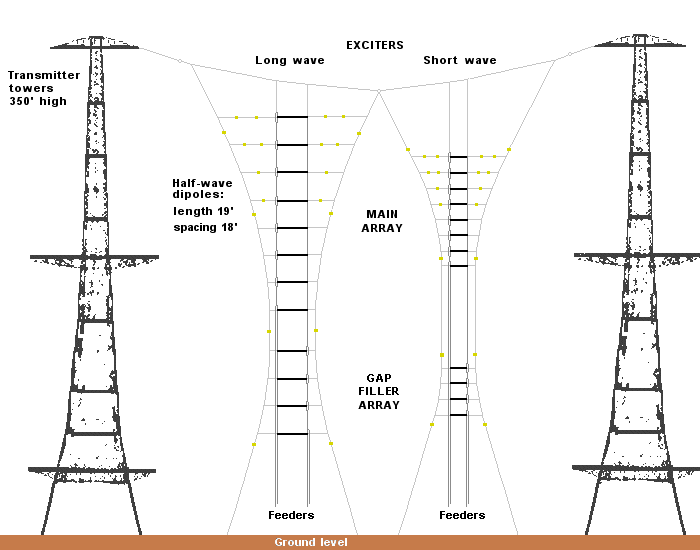The line opened in 1916, connecting the Hull & Barnsley and Great Central Railways and was solely used for freight. Wikipedia states the first closure came in 1939, with this southern part of the line used for the storage of 'cripples' - wagons repairable but with no time and no facilities to do the work during the war.
Now the line is fragmented by housing estates, roads and motorway, but the lines of trees which mark its path make it clear to see from aerial maps.
Here is a 1952 map of the first half of our walk - we are following the curving line running from top to bottom, starting where it finishes its role as a part of the Trans-Pennine Trail from Sprotbrough at the 'clothes hanger' bridge over the River Don.
After the bridge the byway turns away up and right, and the route of the railway line continues straight on, turning into a boggy ravine.
The line then went under the main Doncaster to Sheffield line - this tunnel has been filled and sealed.
At the top of the ravine, overlooking the mainline, these trees on the left mark where the line would have emerged at the other side - a housing estate on the Balby-Warmsworth border sits over the route here.
We can reconnect via Guest Lane bridge which goes over the existing tracks nearby. Lines of trees within new housing estates mark the way (Heath Court and Mulberry Court).
There was a cutting here as the late 1980s which went through a bridge (under the bollards below) under the A630 - I remember playing underneath during the time it was being filled. It delineates the current border between Balby and Warmsworth.
The line went under Barrel Lane between these old trees and emerges as an overgrown raised bank in front of a small public space behind Lingfield Crescent.
The line now dissolves into the A1(M), then a long private driveway, and reemerges as the wall of the former bridge over Common Lane.
We used to ride our bikes up there but now the bank is overgrown. It went over Lord's Head Lane, but except for a drop towards the road, no trace of the bridge remains. Houses break the way briefly:
After the small estate, we cross Edlington Lane - there would have also been a bridge here. The rising road in the photo below is our route and is now called Warmsworth Halt - a reference to Warmsworth Goods Station. The line ran up here and also branched off to the left (where the trees are below), circling back towards Yorkshire Main colliery and then joining up with the Dearne Valley Railway.
Close by is the former pit-head wheel at the entrance to Yorkshire Main Miners' Welfare Club, with another further up the road behind Yorkshire Main Officials Club'.
We are also very near the site of the former 'Edlington for Balby, Doncaster' station on the Dearne Valley line. Our old map of the second half shows detail of both lines in this area - our route starts at the top and curves to the left; the east-west one is the Dearne Valley:
As we continue up Warmsworth Halt, we are near the entrance to a water tunnel running to Conisbrough is still there - unfortunately I missed it but it must be somewhere on the right of this photo, among the trees.
At the end of the road the route turns back into a footpath and we are now walking along the western outskirts of Edlington.
We pass the point where the line crossed over the the Dearne Valley line and bearing left, continue on the dwindling path.
Note sure what this curved line of bricks would have been part of. We continue straight on.
Further on within the trees on the left of the above photo, evidence of the line in the form of a wall:
Finally we reach the Brickpit area, and the pleasant Martinwells Lake (marked as Gravel Pit in the earlier old map) and the footpath continues towards Conisbrough - maybe worth a continuation walk in the near future!




















































